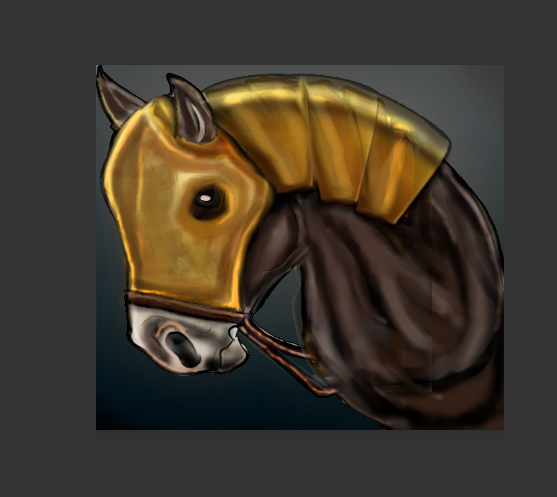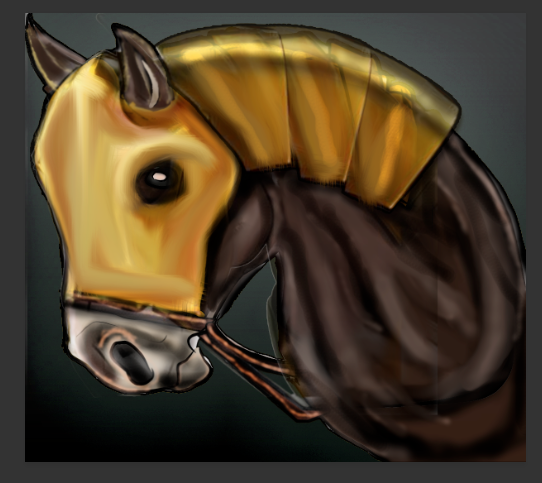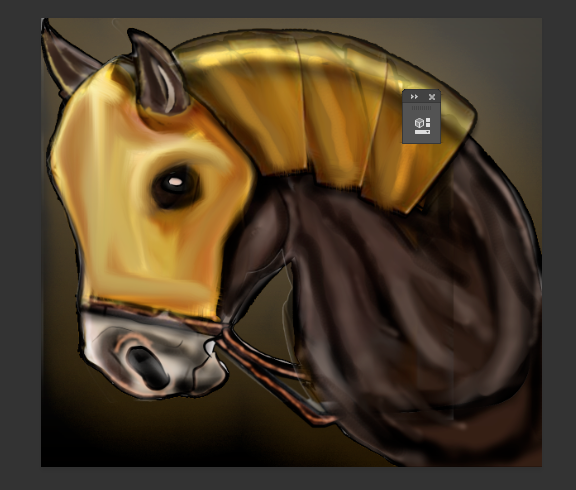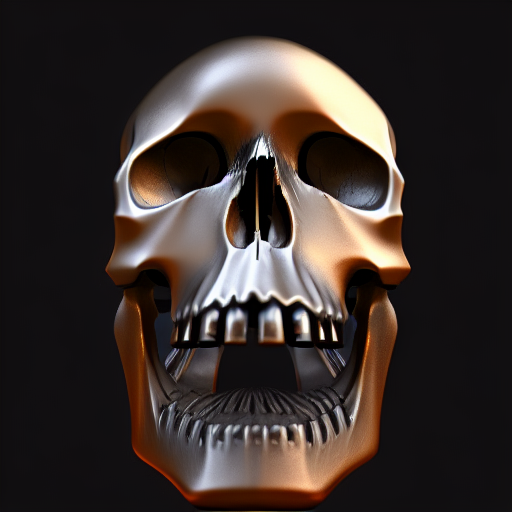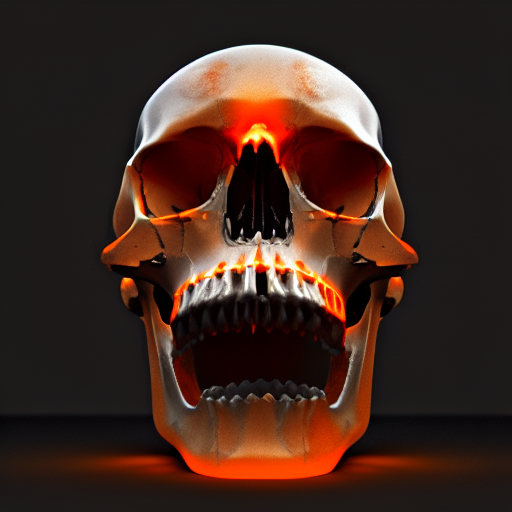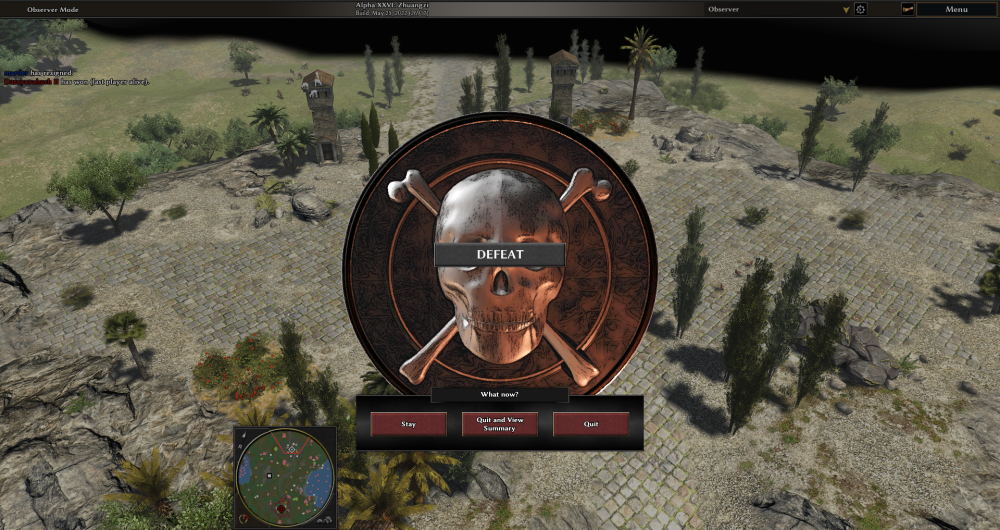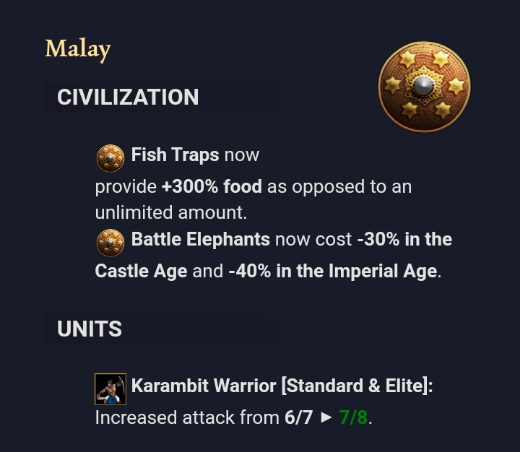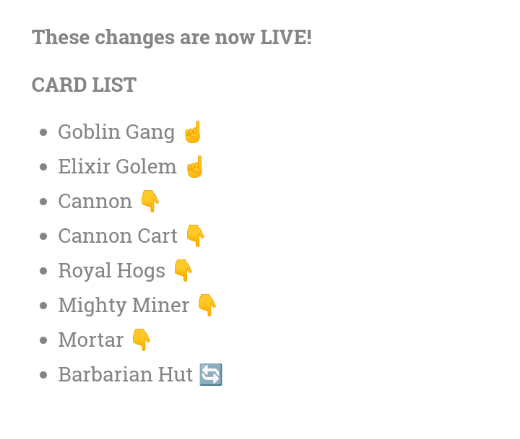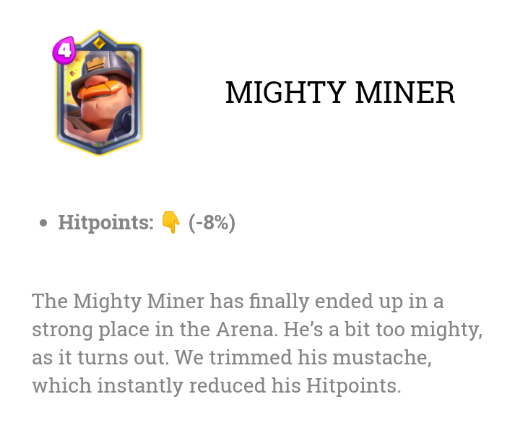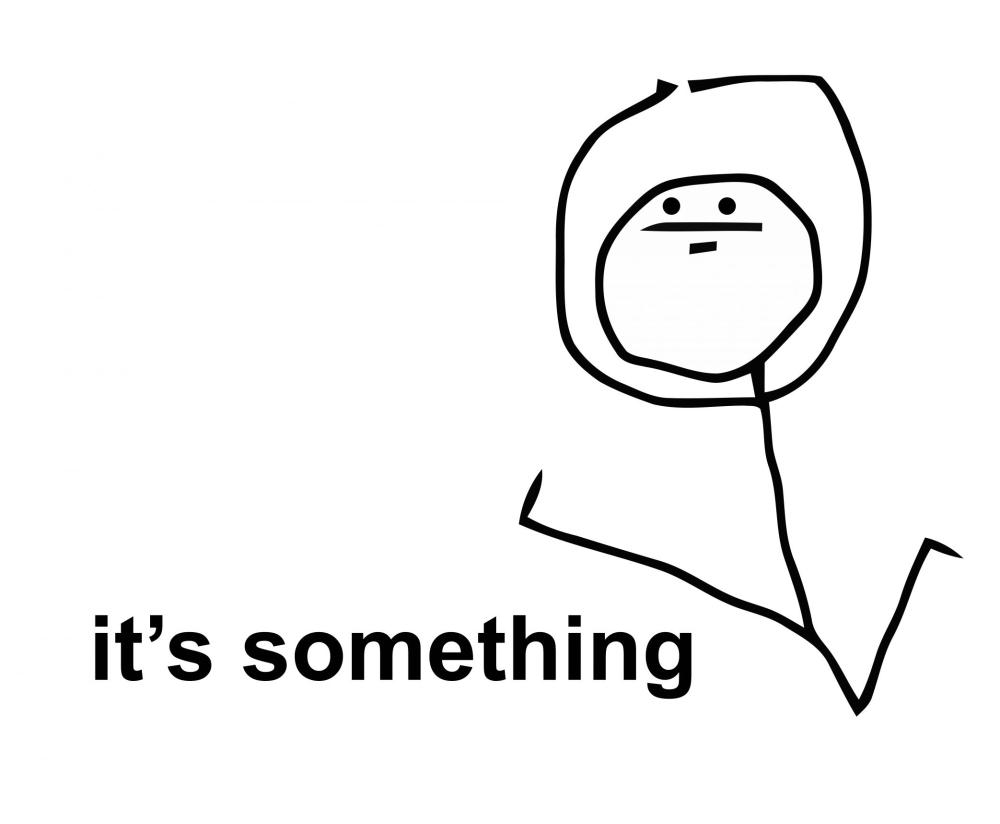-
Posts
25.684 -
Joined
-
Days Won
300
Everything posted by Lion.Kanzen
-
-
https://github.com/0ADMods/pre-colonial-mod all of our council mods (CoM) are there.
-
It's playable in actual A26. I tried it recently. Months ago.
-
.thumb.png.ce58cea22940c255f5b0a735d5abee36.png)
Others RTS - Discuss / Analysis
Lion.Kanzen replied to Lion.Kanzen's topic in Introductions & Off-Topic Discussion
reminded me of EE2 with graphics of this generation. -
ok, but do you consider it good? I have no problem correcting, it is supposed to be small and minor details will not be noticed.
-
Yes... But it does look kind of weird.
-
-
I will help Guerrin use his skills to develop buildings for the Sassanids. i will help him to train in 3d skil.
-
@guerringuerrin
-
-
Err, not really. It was created to make the job of balancing the game easier and allow the community a more obvious place to contribute gameplay effort. It happens to be an obvious place to fix some issues that we've missed as well, but we don't intend to use it as an auto-updater, because it cannot be one. the idea of it being an autoupdater is that it's easy to use and adopt a lot of people don't know about the forums.
-
now you can customize the keys.
-
is there a patch for this?
-
https://www.ageofempires.com/news/aoe2de-update-47820/ Other example. use of bold (makes it easier to read between the lines... I mean read faster) and use of colors (green) to represent the increase of stats. https://www.ageofempires.com/news/age-of-empires-iv-winter2021-update/ AoE IV is not as good as the previous one and is not consistent.
-
We also have to push them or remind them to use the balance patch mod we should say: remember this patch is the changes for next Alpha be the first to enjoy our community official balance patch. Or This was made by community and developers for you.
-
Using the word "official" is more stimulating. Official balance patch for example.
-
Not bad. Here I have an idea how to handle supercell (company studio developer) the clash royale. https://clashroyale.com/es/blog/news/balance-changes-october-2022.html "October Changes" That's why I tell you that we can manage this simple. With help of emojis in the first line give a short summary of what was changed. Then Below is given in a simple way with plain language, the change. The first sentence is a hook This in marketing is known as an attractive phrase to stimulate the public. In our case we can say: the overmelming Iberian fire cavalry is put it in their own place.(something that symbolizes that it was nerfed)
-
in the right corner on the main screen there should be a button that says: update now. The game would seek to update the balance patch from there it would install it in the mod folder. Similar to a mod. It should be advertised everywhere.
-
is what I have been saying in the post about mod balance. Ideally, it would nice if this work independently of the mod manager.
-
I guess we have a bot moderating the language.
-
That could be done better with pilgrimage sites so typical of the Middle Ages. https://en.m.wikipedia.org/wiki/Hermitage_(religious_retreat) ironically most Roman Catholic practices are pagan. https://en.m.wikipedia.org/wiki/Procession The processions for example have a Greco-Roman origin.


